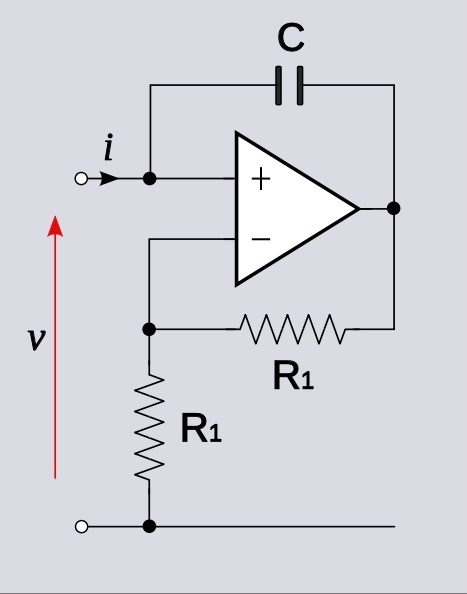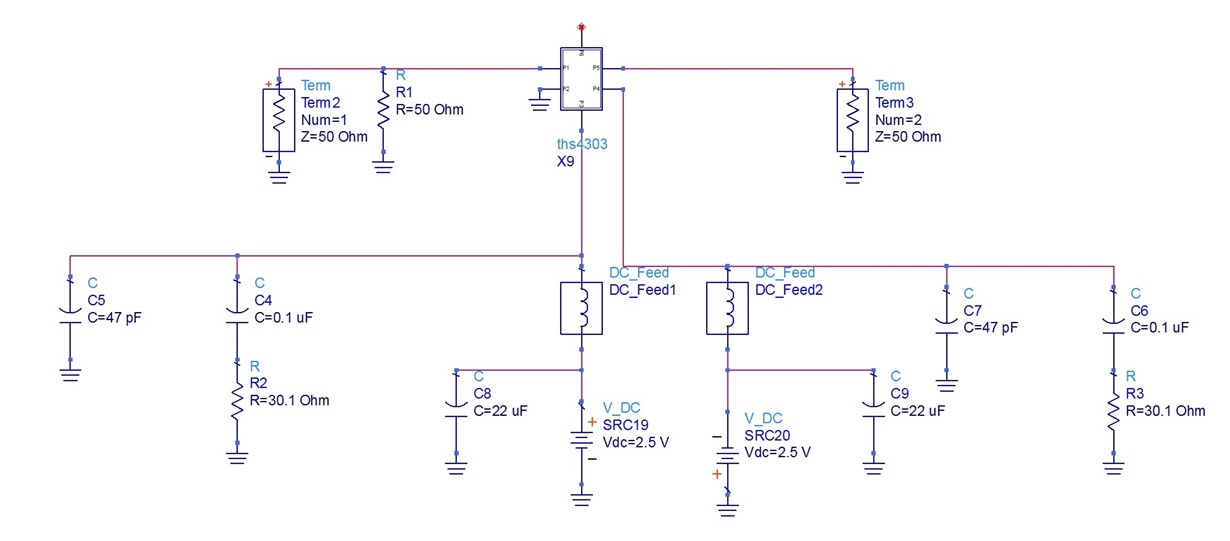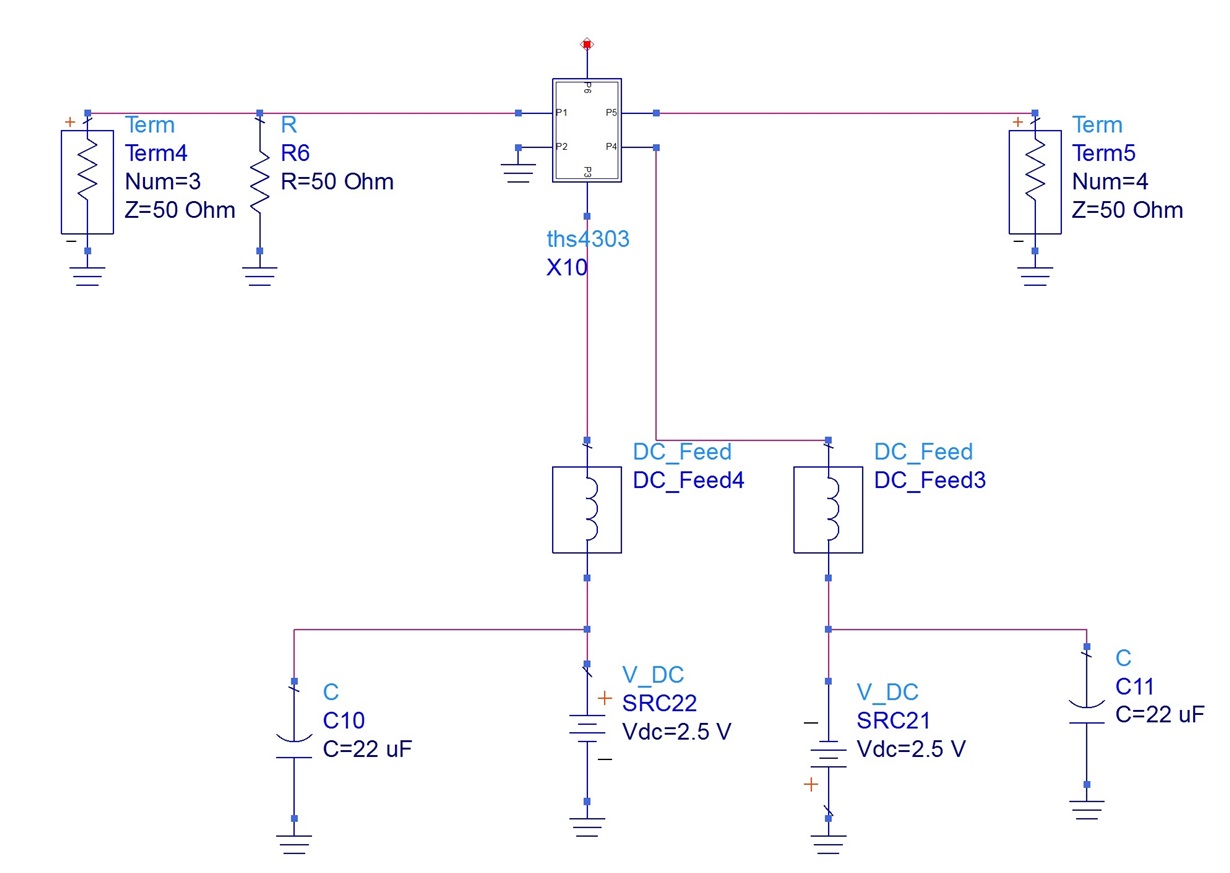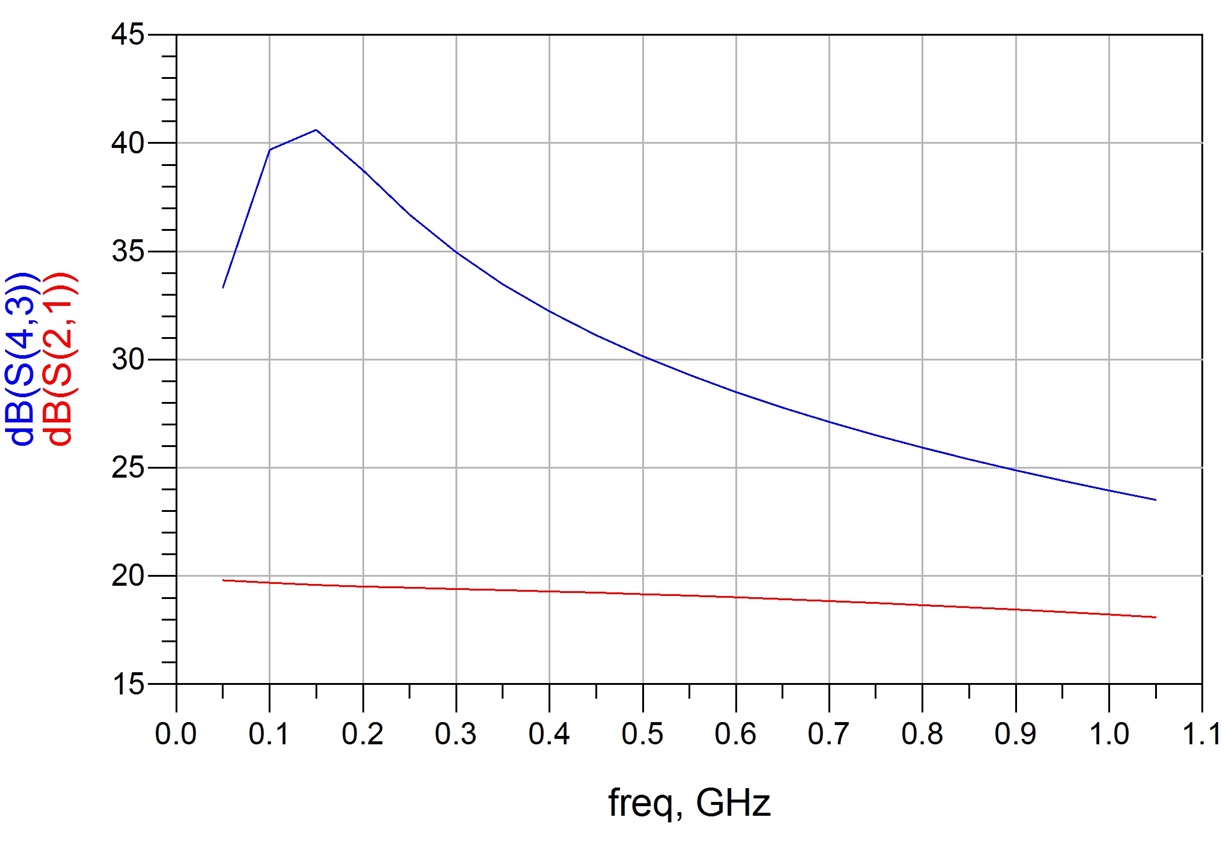Hi, everyone,
I want to simulate a positive feedback circuit with THS 4303 using S-parameter simulator. There is model on the website, which can be used in ADS.
However, I find the real port of the input impedance of the feedback circuit is about 20-40 Ohm, which is not accordance to the experience, because the feedback circuit only contains reactance components.
So, my question is, is the ADS model provided on the website is OK for my simulation ? or I can use the op amp model in ADS with its parameters filled according to the datasheet ?





